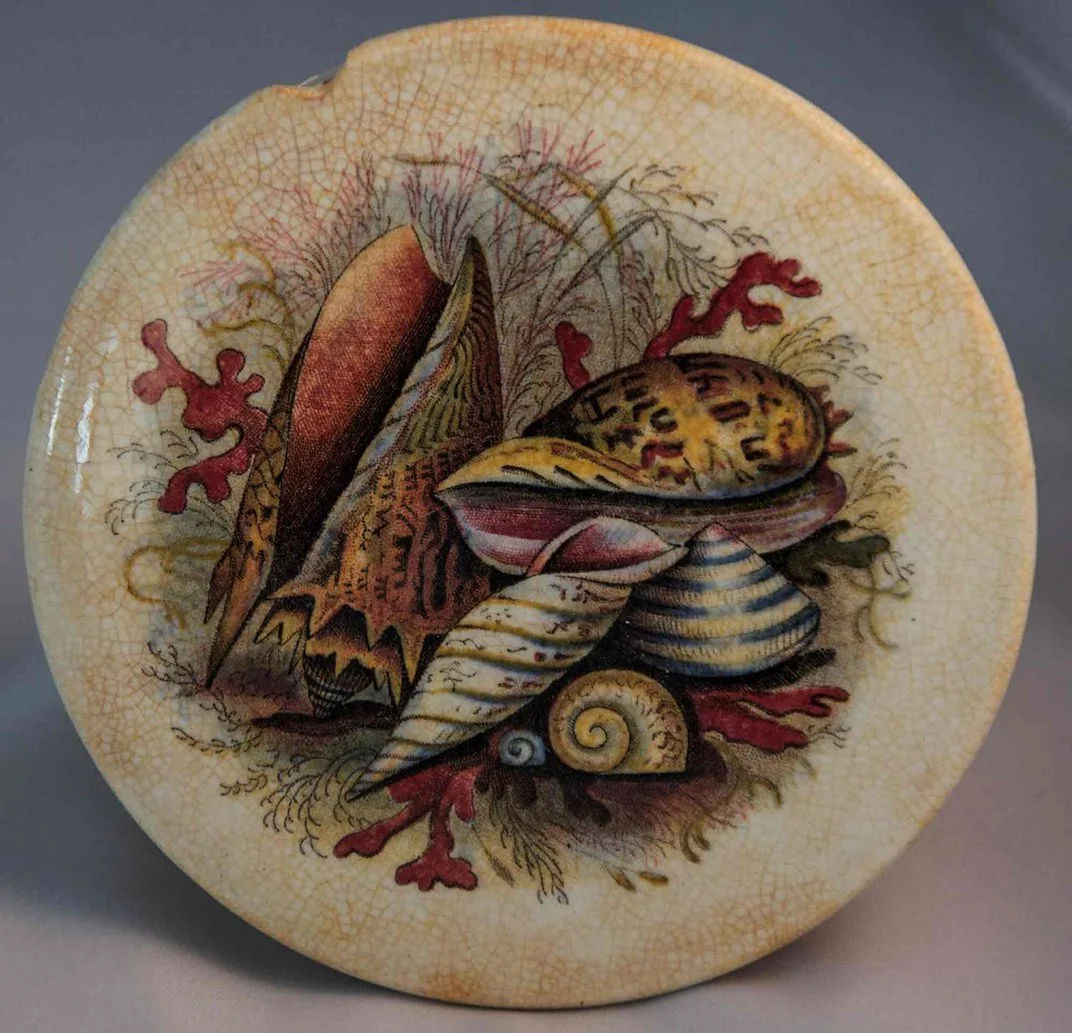19th CENTURY CERAMICS IN THE SHIP WRECK GET GOVERNMENT PROTECTION
- Seramik Türkiye

- 24 May 2023
- 3 dakikada okunur
The wreck of the immigrant ship that sank on its way from England to New Zealand in 1856 was taken under state protection. There are many valuable Victorian ceramic objects that have no equivalents in today’s museum collections in the shipwreck.
FATMA BATUKAN BELGE
In the winter of 1856, the ship named Josephine Willis was traveling to New Zealand with a group of emigrants and a cargo of rare ceramics. But just days after setting sail, the ship collided with a steamer off the coast of Kent, England, and sank. The crew members and passengers lost their lives as the boat broke into two pieces, which eventually settled on the seabed 75 feet below.
The wreck remained untouched for more than 150 years, until a Kent diving club found and identified it in 2018. Many of the ceramics are still on board, including some with patterns that can’t be found in museum collections. United Kingdom’s Department for Culture, Media and Sport has granted special protection to the ship, Historic England whis is an executive non-departmental public body of the British Government, announced in a statement. Recreational divers can still approach the wreck, but its contents will remain undisturbed.
The people being lost to the sea while taking the risk of a long journey to New Zealand in the search for a better life,” says Duncan Wilson, Historic England’s chief executive, in the statement. “The other side to this story is of the rare cargo on board, which gives us clues to help improve our knowledge of the Victorian export ceramics industry in the mid-19th century.”
Most of the ceramics from the wreck would have been relatively ordinary, mass-produced dishes in their time, affordable goods for British emigrants overseas. Because of how common these items were, collectors often weren’t interested in them. That’s why many of the wreck’s well-preserved ceramics—some of which are still in their original crates—display previously unknown patterns that have no equivalents in today’s museum collections. Others are complete examples of patterns only known from discarded pottery damaged during the firing process. Experts hope these rare finds will offer insight into Victorian life. So these ceramics are both ordinary and special. Not only do they help shine a light on Victorian industry and trade and the lives of emigrants, but they also help fill important gaps in the museum collections.
Shipwrecks illuminating the history of ceramics and civilization

The cargo of many shipwrecks that sank thousands of years ago has provided us with various clues about the history of civilization… These finds are very valuable as they show how pottery has been procured and organized for shipping since ancient times. And of course, since archaeologists consider imported ceramics as an important indicator of change and chronological synchronization, important historical data can be obtained from even a single commercial shipwreck. For example, the Uluburun shipwreck, which has become the symbol of world maritime trade, is dated to the Bronze Age and reveals the trade routes in the Mediterranean during the Late Bronze Age. We can see how the raw materials and products of the Near East and Africa reach the Aegean and other ports. Thanks to another shipwreck found in Antalya in 2019, we may have more data than the Uluburun shipwreck. This ship, which is reported to be dated 200 years back than Uluburun, is also a merchant ship and sank while carrying the world's earliest industrial products. It is not difficult to predict that we will have very important data for the history of ceramics when the works are completed.
If we look at the more recent history, a group of blue-white porcelain, which started to be produced at the end of the 16th century, entered the literature as “Kraak” porcelain thanks to the merchant ships. The German word “kraak” is derived from the large Portuguese armored ships called “carrack”. The word caracca in Italian and Spanish is thought to come from the “qaraquir”, the Arab merchant ships used in the Mediterranean during the Renaissance period. The Dutch brought two carrack full of porcelain - close to a hundred thousand pieces - that they had seized in the west coast of Africa and Malaysia, to the Netherlands and sold them at auction, and all of these porcelains came from ships called carrack, so they were called by this name.












Yorumlar